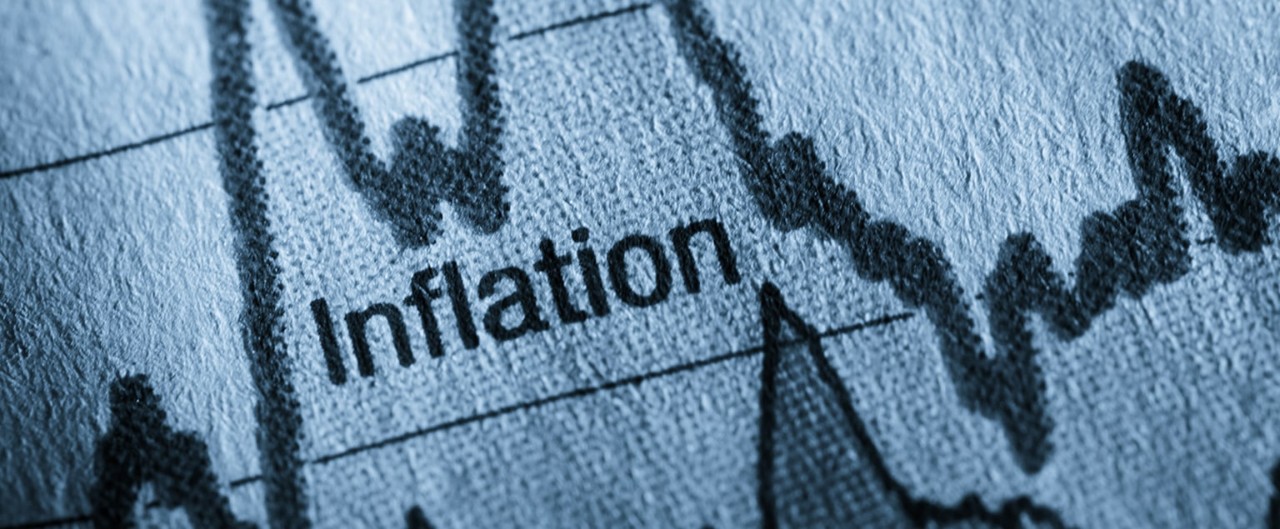- Not insured by the FDIC or any other government agency
- Not bank guaranteed
- Not a deposit or obligation
- May lose value


These are the times that can make a dollar scream. Widespread inflation is causing most households to stretch their spending further than they have in years, and sometimes it hurts.
But stretching can be good for us, too, if we learn how to lean into it properly.
Doing so will require a close look at every dollar spent and finding practical ways to squeeze a little more out of each. In the states of Ohio and Indiana, for example, the average household is spending an additional $390 per month due to rising prices, according to the U.S Joint Economic Committee.1 Many households are blindsided by this increase.
Managing these costs can be painful. True, some expenses can’t be avoided, such as for energy (up 24% in Ohio, Indiana, and Illinois, and 20% in Kentucky).2 However, Americans do have some control over all the expenses they incur.
Understanding your relationship with your bank can help. Here are four areas you should explore to find extra change, so you can change for the better.
Americans pay $15 billion a year in overdraft and non-sufficient fund fees – penalties charged when a bank account does not contain enough money to cover a transaction.3 These fees typically kick in once an account is overdrawn by more than $5 and run $35 each.4
Make change: At First Financial, we are reducing our overdraft fees, and we offer options that protect consumers, such as our NoWorry checking account that doesn’t allow you to overdraw in the first place. A mobile app can help by allowing you to check your balance on the go.
The extra $15 it takes to fill the gas tank can translate to an additional 15 or even 30 points on a credit card reward program balance. These points can be spent like money, yet many consumers evidently don’t see them that way. Back in 2017 (the most recent year for research), Americans were sitting on more than $100 billion in unused rewards.5
Make change: Think of those rewards as gift certificates in your mobile wallet and look for creative ways to earn more by engaging in program websites and apps. Some programs offer bonus rewards for filling out surveys; others host special bonus points events.
Climbing prices caught some households off guard. Still, it’s not too late to assess the situation and rise above it, using good old home economics.
Make change: A basic spending journal, with one column that lists daily, weekly, and monthly expenditures, and another that tallies their prices, will show how much it now costs for the essentials. Compare this figure with take-home pay. The difference is what can go toward discretionary purchases such as entertainment – or toward savings.
A savings account is an emergency fund, but few people like to think about emergencies. Did you know only four in 10 households would be able to cover an unexpected $1,000 expense, such as a medical treatment or home repair.6 So instead, think of a savings account as a lottery that never loses. Interest-bearing accounts, including certificates of deposit and money market accounts, can pay competitive interest rates, so growth can be measured.
Make change: Using your spending journal from step three, add up the monthly costs of your necessities and establish how much money needs to be socked away to cover those expenses for three to six months.
One of the best things you can do: Don’t panic. Leave the screaming to the dollars you stretch, and take a sigh of relief from the dollars (and cents) you save. These are the times to test your money-management skills, and these practices should help prepare you not just in this crisis, but also for the next unplanned event.
For more information on inflation, stagflation, and more, check out our inflation 101 article.
To learn more about First Financial’s personal savings visit us here.
1 “How Much is Inflation Costing You? It Depends on Where You Live (refer to interactive map),” United States Congress Joint Economic Committee, March 2, 2022; https://www.jec.senate.gov/public/index.cfm/republicans/2022/3/how-much-is-inflation-costing-you-it-depends-on-where-you-live
2 Ibid.
3 “People hate overdraft fees. Banks are ditching or reducing them,” By Chris Arnold, National Public Radio, Jan. 11, 2022; https://www.npr.org/2022/01/11/1071860136/people-hate-overdraft-fees-capital-one-is-ditching-them-and-other-banks-may-foll
4 “Bank Overdraft Fees: What are They and How much Do Banks Charge?” By Chris Moon, Value Penguin, March 7, 2022; https://www.valuepenguin.com/banking/bank-overdraft-fees
5 “Customers Sitting on $100 Billion of Unredeemed Loyalty Points,” Bond Brand Loyalty, May 23, 2017; https://www.prnewswire.com/news-releases/customers-sitting-on-100-billion-of-unredeemed-loyalty-points-623828294.html
6 “The average amount in U.S. savings accounts – how does your cash stack up?,” By Karen Bennett, Bankrate.com, Feb. 8, 2022; https://www.bankrate.com/banking/savings/savings-account-average-balance/
The information on this page is accurate as of May 2022 and is subject to change. First Financial Bank is not affiliated with any third-parties or third-party websites mentioned above. Any reference to any person, organization, activity, product, and/or service does not constitute or imply an endorsement. By clicking on a third-party link, you acknowledge you are leaving bankatfirst.com.
All deposit accounts are subject to the Account Terms and Conditions, Special Handling/Electronic Banking Disclosure of Charges, and possibly other disclosures.
You are about to go to a different website or app. The privacy and security policies of this site may be different than ours. We do not control and are not responsible for the content, products or services.
Online banking services for individuals and small/medium-sized businesses.
If you haven't enrolled yet, please enroll in online banking.
Yellow Cardinal resources
* Are not insured by the FDIC. Not a deposit. May lose value.
f1RSTNAVIGATOR is where our business clients can access tools to help manage day-to-day account activity.